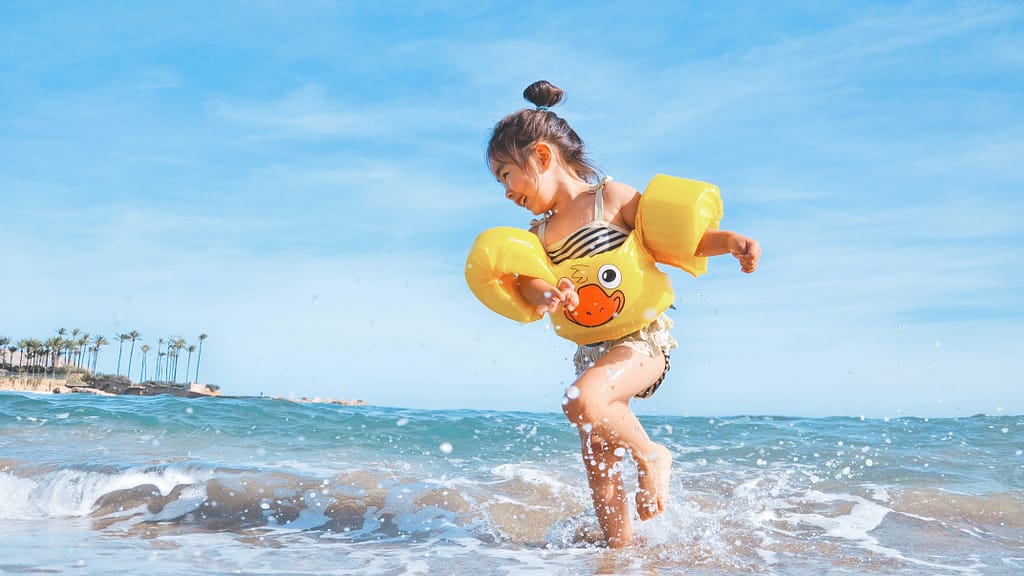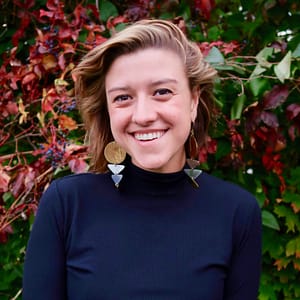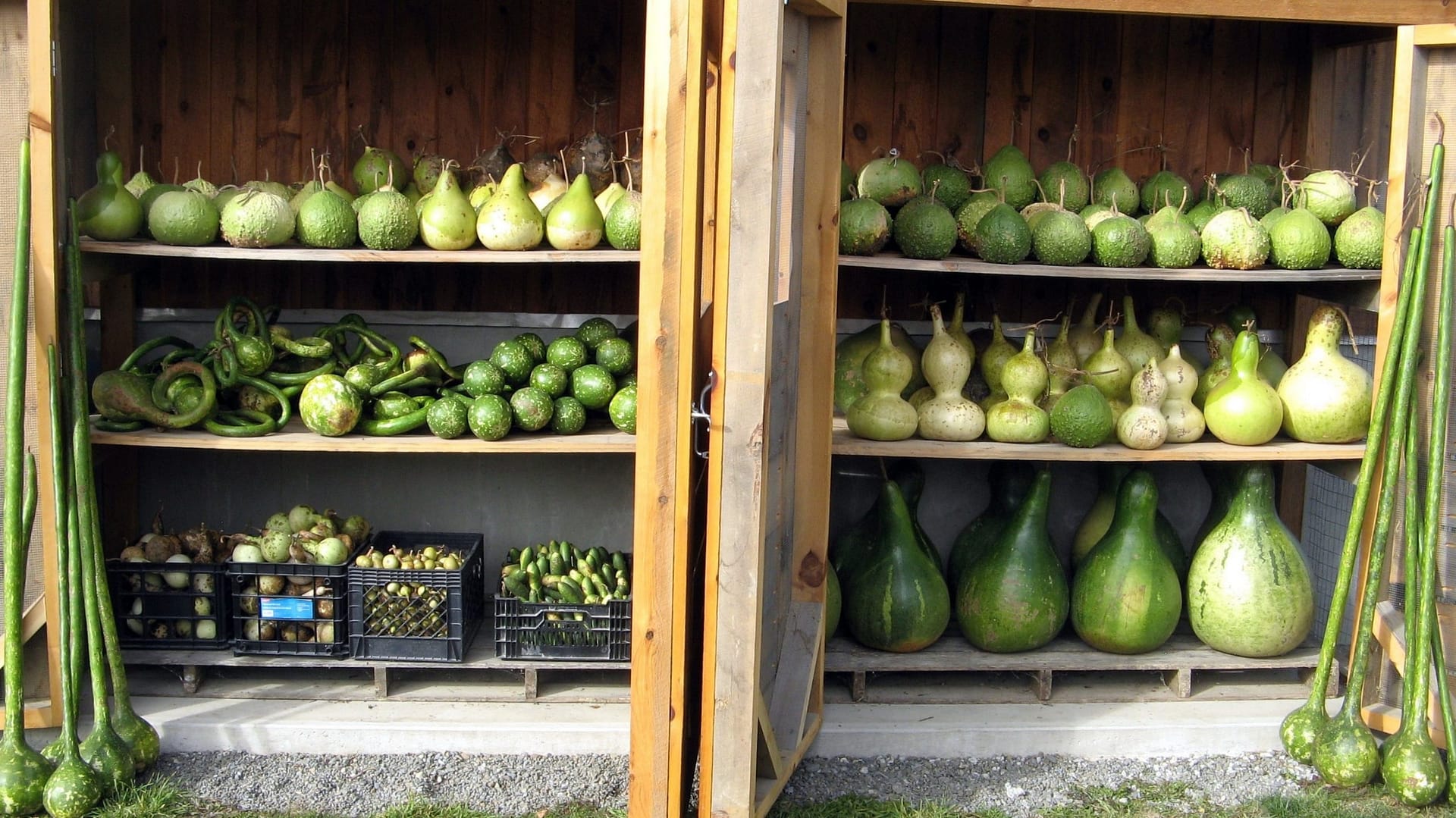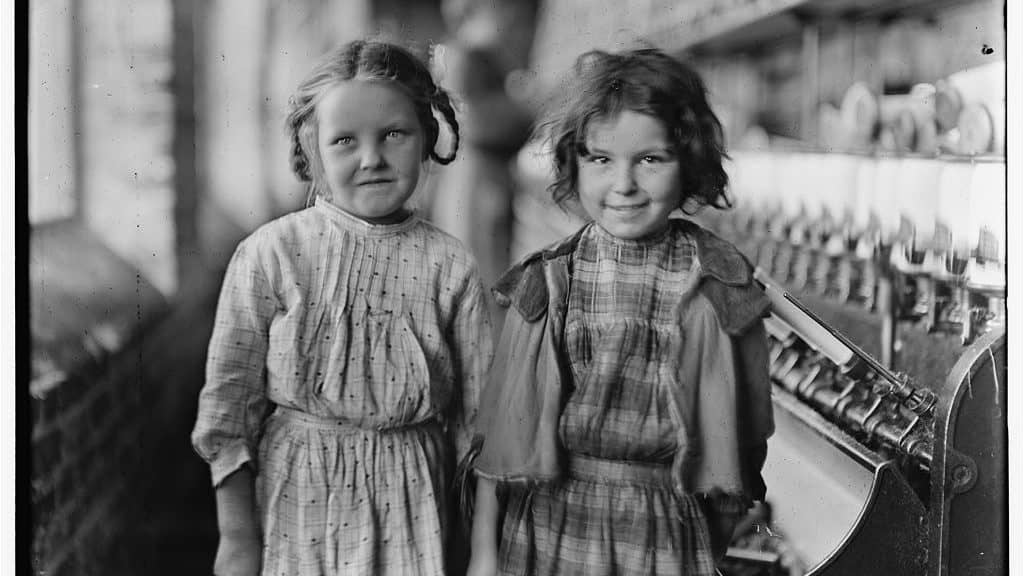In 1987, every nation in the world unanimously decided to stop a climate crisis. Today, we’re feeling the positive lasting impact of that intervention, but many of us don’t even remember or realize that this massive international effort happened, let alone that it was a resounding success. This is the story of how the world came together to heal our planet’s ozone layer, an important reminder that the world’s crises are not impossible to solve despite how the media we consume may make us feel.
What if more people knew the success stories when it comes to solving the world’s big problems? Yes, we’ve halted a major climate crisis before, and the lessons we learned could help us do it again and again.

The Ozone Crisis
As you may know, the ozone layer–or region–is a layer of our atmosphere that contains a high concentration of the gas O3 and is critical to blocking forms of harmful UV radiation from the sun, kind of like a natural sunscreen for our planet.
In the 1980’s, scientists discovered that the ozone layer over Antarctica had lost one-third of its thickness, 1 meaning that our protection from the sweltering sun was dwindling fast.
The thinning of the ozone layer posed an enormous threat to life on our planet. As the ozone layer weakened, more harmful UV radiation made it down to the Earth’s surface leading to higher instances of skin cancer, vision loss, 2 crop loss, and ecosystem devastation 3. The predicted rate of ozone depletion was staggering, and the effects would have been felt across the world.
By the middle of the decade, scientists had confirmed the cause of this dangerous thinning: a man-made chemical called chlorofluorocarbons (CFCs). This compound was being used in massive quantities across the world in aerosols like hairsprays, packaging materials, and cooling devices like air conditioners and refrigerators. 4 At one point we were using over 800,000 metric tons of CFCs across the globe annually. 5 As the CFCs made their way into the stratosphere, ultraviolet radiation would break down the larger compound, releasing chlorine atoms that reacted with ozone molecules destroying the ozone layer atom by atom. 6
You’re telling me the world came together to fix this problem?
Yep! While this massive coming together isn’t something we often hear about anymore, in 1987, all 198 UN Member States adopted the Montreal Protocol. Still the only UN treaty ever ratified by every country on Earth, the protocol phased down the consumption and production of ozone depleting substances (ODS). 7 As a result, the use of CFCs and other ODSs is down by 98% compared to 1990 levels 8, and the ozone layer is predicted to fully recover by 2065. Had we not made that intervention in 1987, we would have been on track to completely destroy the ozone layer by 2050. 9
This was a monumental win for the future of our planet, and it’s one that we can replicate for some of the big problems the world currently faces. So, how did scientists, people, and politicians from around the world come together to solve this problem? Here’s a great video from Vox to explain the full story.
A big thank you to Vox for putting together this great video. If you’d like to read their accompanying article that details the risk our planet averted even further, you can check that out by clicking here. In addition, if you want more informative and interesting reporting like this, make sure to follow Vox over on YouTube or visit their website to subscribe.
Why we need to celebrate stories of success!
As a kid, I remember learning about the depletion of the ozone layer, acid rain, rainforest deforestation, and endangered species in my classrooms and on the various PBS Nature and NOVA shows I would watch on Wednesday nights. I did everything I could as a child to “do my part” in reducing harm: I picked up trash, I refused to use aerosols, and I gave diatribes from the back of the car if we went to a fast food restaurant I had discovered contributed to rainforest loss (I’m sure that was a joy to be around). Like so many people, I have been worrying about the planet for years now and as a result have been doing what I can because I, like so many others, care. Sometimes, though, it can feel like all that caring isn’t leading anywhere, like not enough people care to make a real difference. And that makes it all too easy to join the crowd who throw their hands up, burnt out on the emotional weight of caring, and stop helping. But here’s the thing: you’re not alone in caring.
Learning about successes like the Montreal Protocol and the recovery of the ozone layer are critical to successfully solving the problems we currently face as a global community and will continue to face in the future. These stories of success don’t just put wind in our sails to keep pushing for change, they help us create actionable next steps that make our chances of success even better as we solve the next problem.
Knowing that we as a global community have solved big problems like this before makes us realize that if we keep pushing, it is possible to do it again.
The Power of the 3P’s
So, what can we take away with us from the story of the ozone recovery? Well first, that it is possible for our planet to recover when we make an effort to make interventions. Second, that it is possible for the world to come together to make the necessary interventions.
How do we get the ball rolling on this? Let’s turn to the “Three Ps” Dr. Susan Solomon pointed out in the video.
We must make the problem Personal, Perceptible, and the solutions Practical.
When it comes to the current climate change crisis we face, we are coming to a tipping point on the 3Ps. As Dr. Solomon points out, this issue is becoming more personal and perceptible as people feel the effects of a changing climate. We can see and are experiencing extreme changes in our environment like fires, extreme weather events, and water shortages. 11 As for practical solutions, we are in a time of innovation when it comes to tackling the major contributors to climate change. We have identified what industries and countries are contributing most, and are working to make those large scale solutions more practical.
Countries like Costa Rica are leading the way to carbon neutrality, green energy innovation is on the rise, we are protecting our carbon sequestering natural resources, and we are finding new ways to support the people who are rebuilding our critical ecosystems.
If you want a few more success stories and inspiring innovations that are at the forefront of stopping climate change here are a few of my favorites:
Old Cellphones: The Key to Stopping Climate Change
Deforestation causes more emissions than all of the cars and trucks on our planet combined, so what can we do to stop it? Could the unlikely hero in this story be the old cell phone tucked away in your junk drawer? It is! Read on and you’ll see problem-solving at its best!
Read Article Watch Video Listen to PodcastHow #TeamTrees Proves the Internet Can Do Good
20. Million. NEW. Trees. You read that right! When fans of YouTuber MrBeast sparked a lofty goal of planting 20 million trees in 2019, the mission spread like wildfire, exploding to include thousands of content creators and hundreds of thousands of people around the world. Check this story out for proof that when people come together for good, there’s no end to their impact.
Read Article Watch Video Listen to PodcastYes, there is a time and a place for hearing about all of the vexing problems our world faces, but we need to balance those messages with more solutions-based media. We need to know who to support, and that all of our caring is adding up to something. The world can’t afford for any of us who care–and I assume you’re in this group if you’ve made it here—to give up on caring. You’re not alone. We have been successful before, and we are finding success now. What we need now more, than ever, are cheerleaders, supporters, and promoters for the world of organizations, innovations, and individuals out there who are having an impact.
By sharing a post of incredible progress on social media, voting with your dollars by purchasing from companies who are also making the world a better place, contacting local government officials or corporations to advocate for them to take action on their environmental impact, or eliminating that impact of your individual choices, you are a part of making the world better, bit by bit.
We can turn things around, we can leave the world a better place than we found it, and that isn’t just looking at the world through rose colored glasses or the vigor of youth. This story is irrefutable proof that generations have done it before and we will continue to learn from their successes. Positive progress is undeniable, we just have to have the full story.
Stay beautiful & keep laughing!
-Liesl

Don’t miss out on a single article!
Enjoy unlimited access to over 500 articles & podcast that give you a positive perspective on the state of the world and show you practical ways you can help.
Notes:
- “What Happened to the World’s Ozone Hole?” BBC Future, BBC, https://www.bbc.com/future/article/20220321-what-happened-to-the-worlds-ozone-hole. ↩
- “Protection of the Ozone Layer.” Climate Action, https://ec.europa.eu/clima/eu-action/protection-ozone-layer_en. ↩
- EPA. “Ozone Layer Protection.” EPA, Environmental Protection Agency, https://www.epa.gov/ozone-layer-protection/health-and-environmental-effects-ozone-layer-depletion. ↩
- “What Happened to the World’s Ozone Hole?” BBC Future, BBC, https://www.bbc.com/future/article/20220321-what-happened-to-the-worlds-ozone-hole. ↩
- Vox. Why You Don’t Hear about the Ozone Layer Anymore – Youtube. https://www.youtube.com/watch?v=CaLOiGEDPJQ. ↩
- EPA. “Ozone Layer.” EPA, Environmental Protection Agency, https://www.epa.gov/ozone-layer-protection/basic-ozone-layer-science#:~:text=Gaseous%20CFCs%20can%20deplete%20the,See%20Ozone%20Depleting%20Substance. ↩
- Environment, UN. “About Montreal Protocol.” Ozonaction, https://www.unep.org/ozonaction/who-we-are/about-montreal-protocol. ↩
- Environment, UN. “About Montreal Protocol.” Ozonaction, https://www.unep.org/ozonaction/who-we-are/about-montreal-protocol. ↩
- Vox. Why You Don’t Hear about the Ozone Layer Anymore – Youtube. https://www.youtube.com/watch?v=CaLOiGEDPJQ. ↩
- Vox. Why You Don’t Hear about the Ozone Layer Anymore – Youtube. https://www.youtube.com/watch?v=CaLOiGEDPJQ. ↩
- EPA. “Climate Change Indicators.” EPA, Environmental Protection Agency, https://www.epa.gov/climate-indicators/weather-climate. ↩








